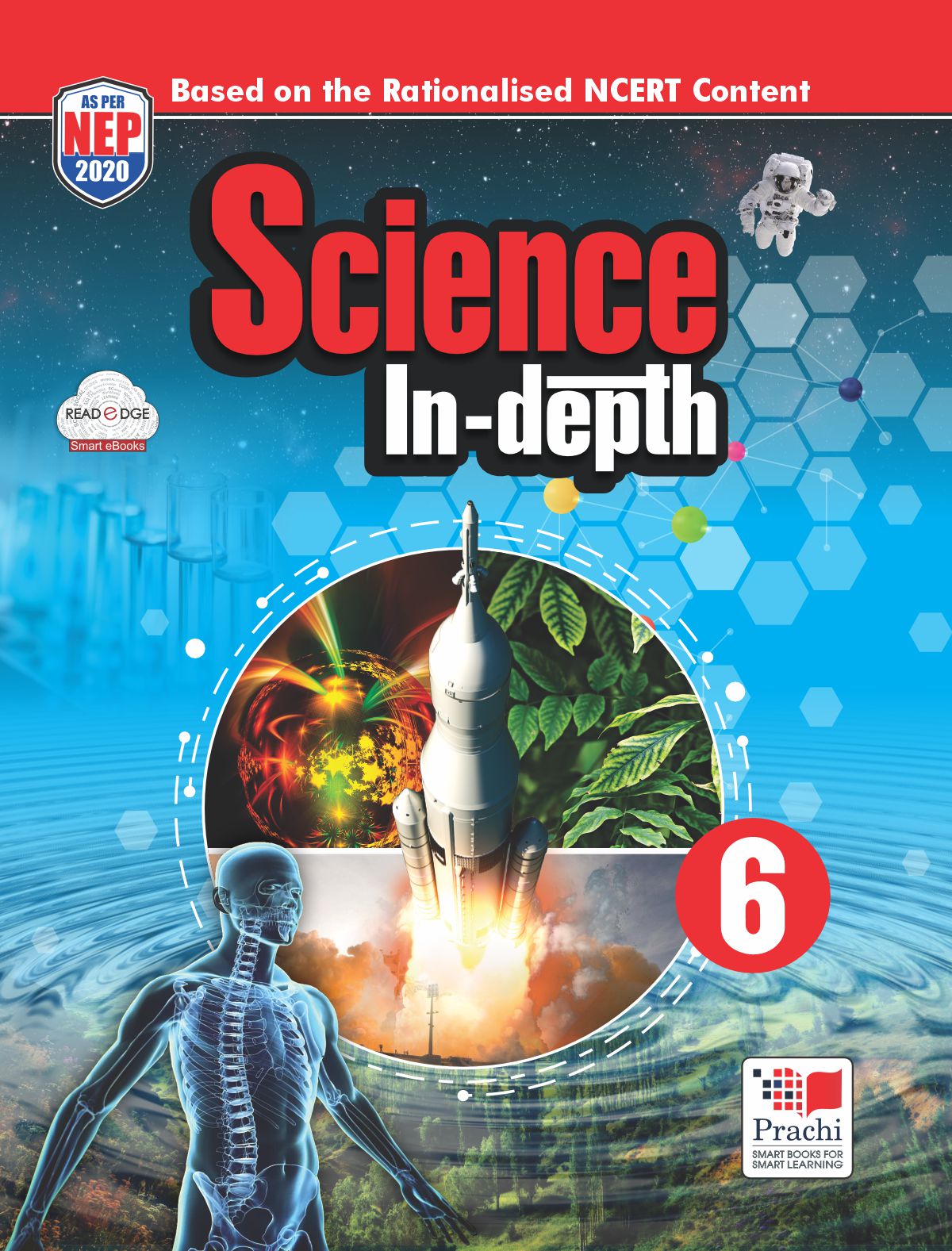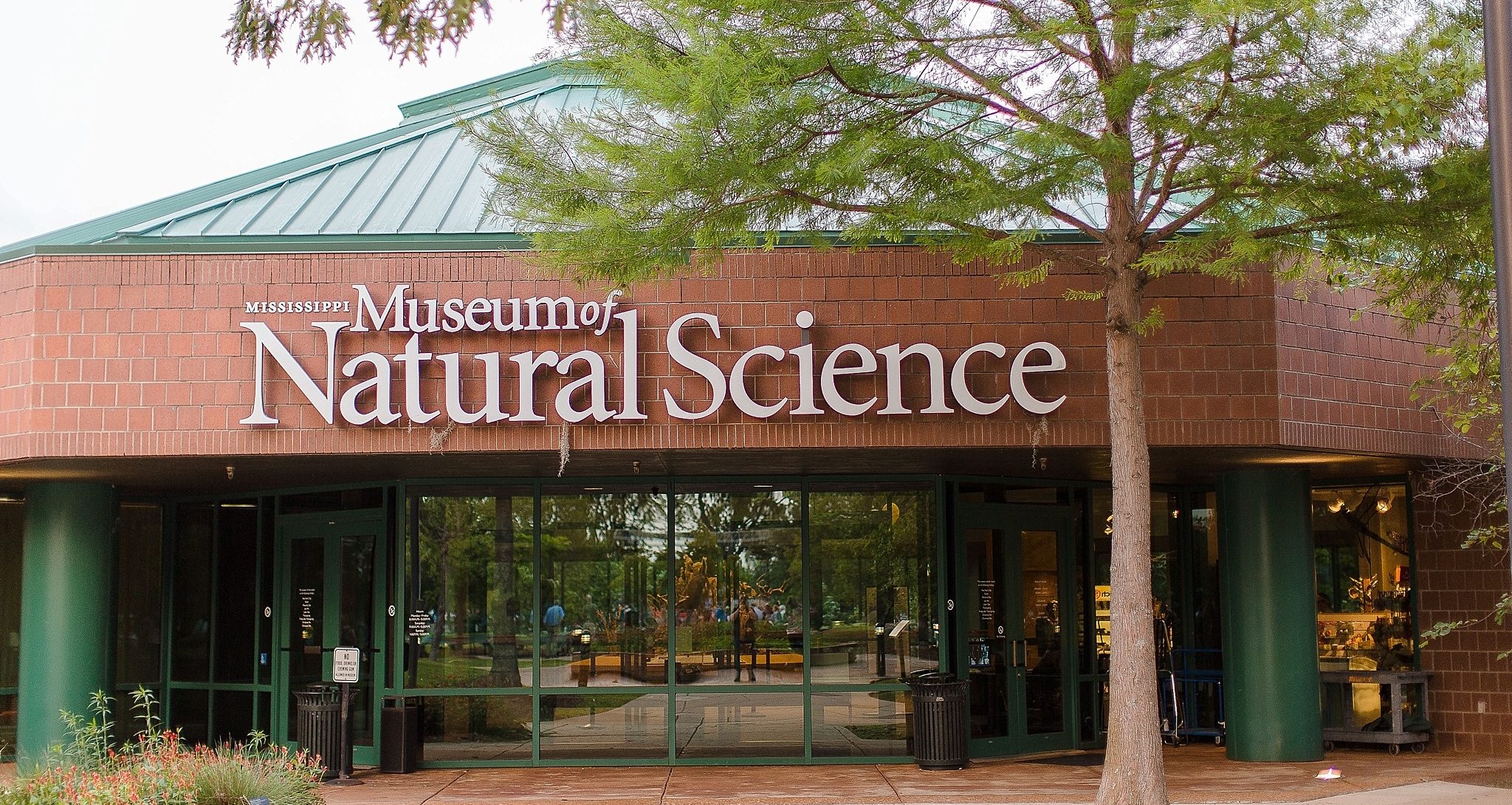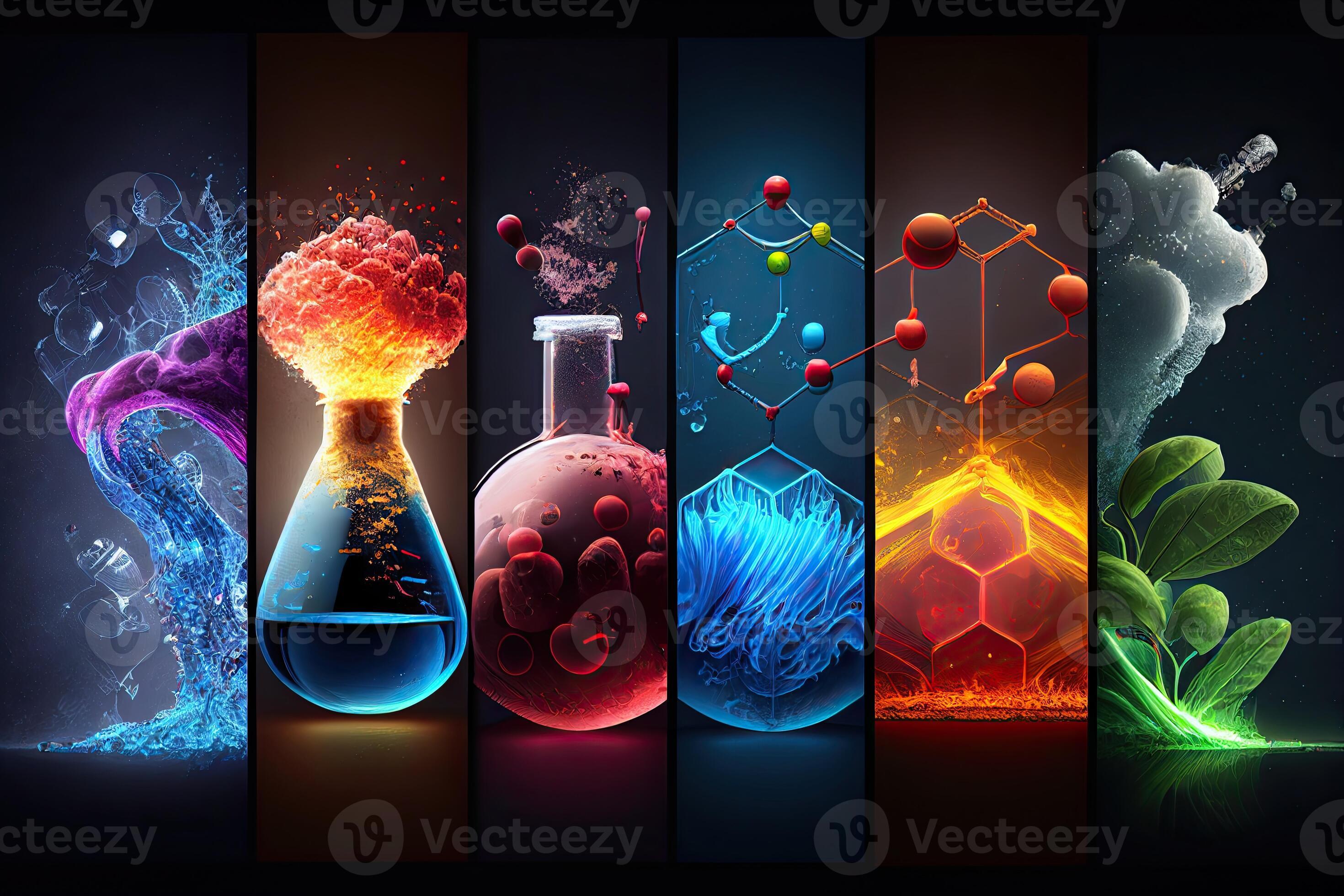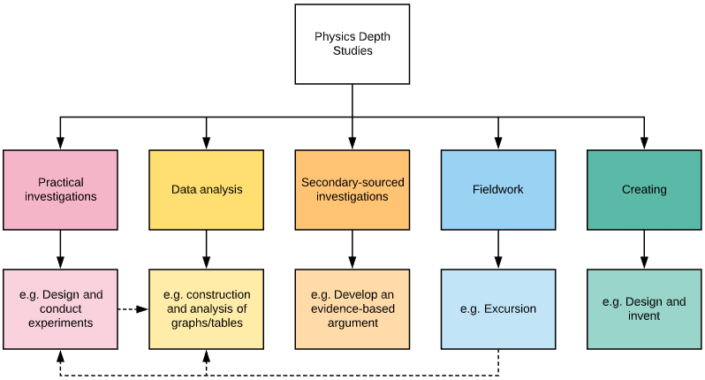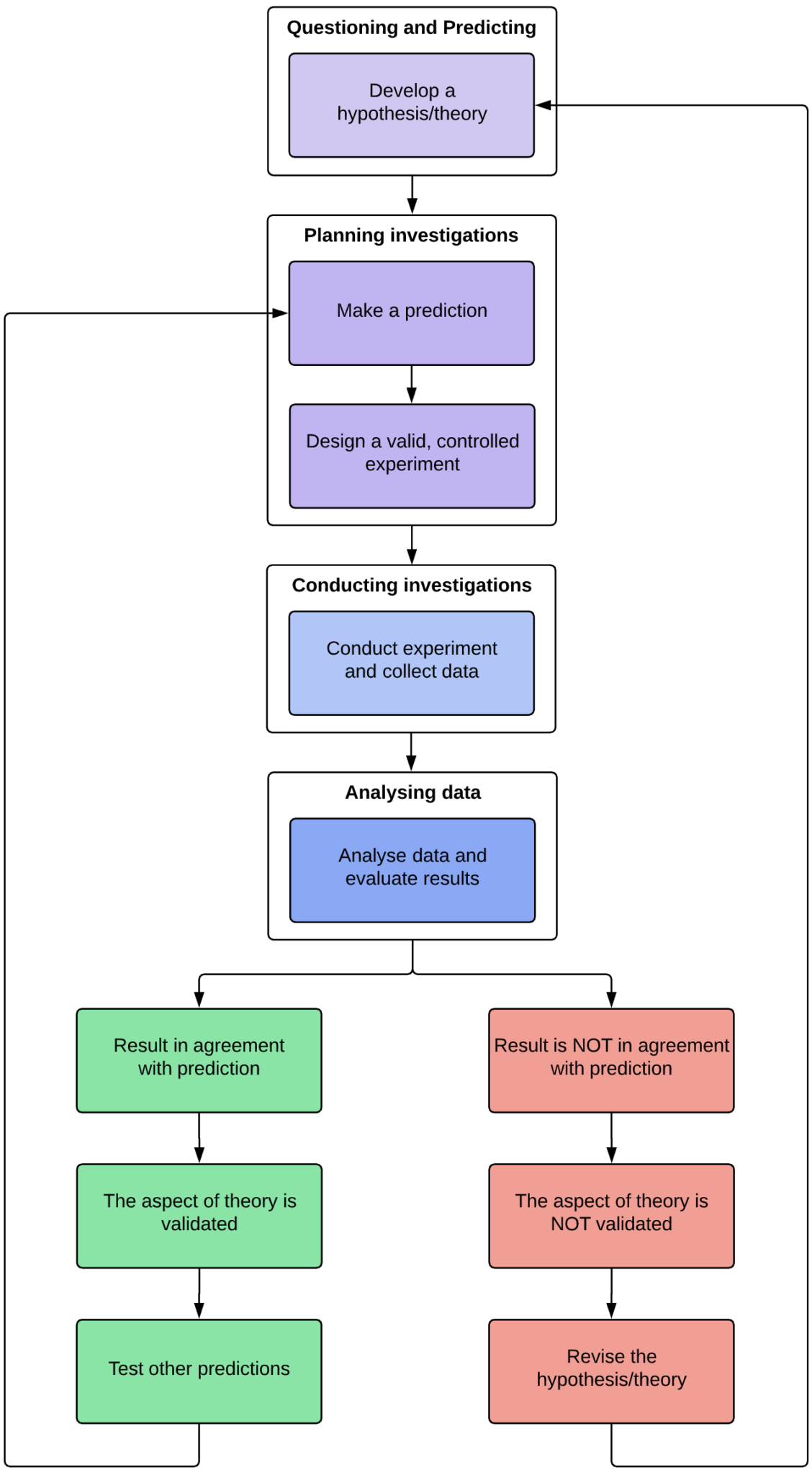To Search For In-depth Science Content Visit

The pursuit of accurate and comprehensive scientific information has become increasingly crucial in an era defined by rapid technological advancements and complex global challenges. A growing number of individuals are actively seeking resources that offer in-depth analysis and evidence-based insights, moving beyond superficial news reports.
Recognizing this demand, several platforms and initiatives have emerged to cater to the thirst for rigorous science content. These resources aim to bridge the gap between specialized research and public understanding, empowering citizens to make informed decisions and engage meaningfully in scientific discourse.
The Rise of Specialized Science Platforms
The internet, while offering unprecedented access to information, can also be a breeding ground for misinformation. To address this challenge, various organizations and institutions have dedicated themselves to curating and disseminating high-quality scientific content.
These platforms often feature articles, videos, podcasts, and interactive visualizations that delve into specific scientific topics. National Science Foundation (NSF) is a prime example of a credible source that provides information on a wide array of science topics.
"Our goal is to foster a deeper understanding of science among the general public," explained Dr. Emily Carter, a science communicator at a leading research institution.
Key Features of In-Depth Science Content
What distinguishes these resources from mainstream media coverage is their commitment to accuracy, detail, and context. They typically adhere to strict editorial standards, relying on peer-reviewed research and expert validation.
Often, they provide access to raw data and methodology, allowing readers to critically evaluate the information presented. Many platforms actively promote science literacy and critical thinking skills among their users.
This is achieved through educational resources, interactive tools, and opportunities to engage with scientists and researchers directly.
Notable Initiatives and Resources
Numerous organizations are contributing to the dissemination of in-depth science content. The National Academies of Sciences, Engineering, and Medicine publish reports and conduct studies on a wide range of scientific and technological issues.
Their work informs policy decisions and provides valuable insights for the public. The Smithsonian Institution offers an extensive online collection of articles, videos, and exhibits exploring various scientific disciplines.
Furthermore, many universities and research institutions maintain websites and blogs that feature in-depth articles and analysis. These resources often highlight the latest research findings and their implications for society.
"It's crucial for scientists to communicate their work effectively to the public," stated Dr. David Miller, a professor of biology at a major university. "This helps to build trust in science and ensures that research findings are used to address real-world problems."
Impact on Society and the Individual
Access to in-depth science content has the potential to transform public understanding of complex issues. By providing citizens with the knowledge and tools to critically evaluate scientific claims, these resources empower them to make informed decisions about their health, environment, and future.
Moreover, in-depth science content can foster a greater appreciation for the scientific process and inspire the next generation of scientists and innovators. By showcasing the excitement and challenges of scientific research, these resources can encourage young people to pursue careers in science, technology, engineering, and mathematics (STEM) fields.
This promotion of science literacy is essential for a society that is increasingly reliant on technological advancements.
The Future of Science Communication
As the demand for accurate and reliable science information continues to grow, the role of specialized platforms and initiatives will become even more critical. These resources will need to adapt to evolving technologies and communication strategies to effectively reach diverse audiences.
One promising trend is the increasing use of interactive and multimedia content to engage users. Another is the growing emphasis on science storytelling, which aims to make complex scientific concepts more accessible and relatable.
"We're constantly experimenting with new ways to communicate science," said Sarah Chen, a digital content strategist at a science communication nonprofit. "Our goal is to create content that is not only informative but also engaging and inspiring."
Conclusion
The availability of in-depth science content is essential for fostering a scientifically literate and engaged citizenry. By providing access to accurate, detailed, and contextualized information, these resources empower individuals to make informed decisions and participate meaningfully in scientific discourse.
As technology continues to advance and global challenges become increasingly complex, the need for high-quality science communication will only continue to grow. By supporting and promoting these initiatives, we can ensure that science remains a powerful force for progress and positive change.
Exploring these platforms can provide a deeper understanding of the world around us.
